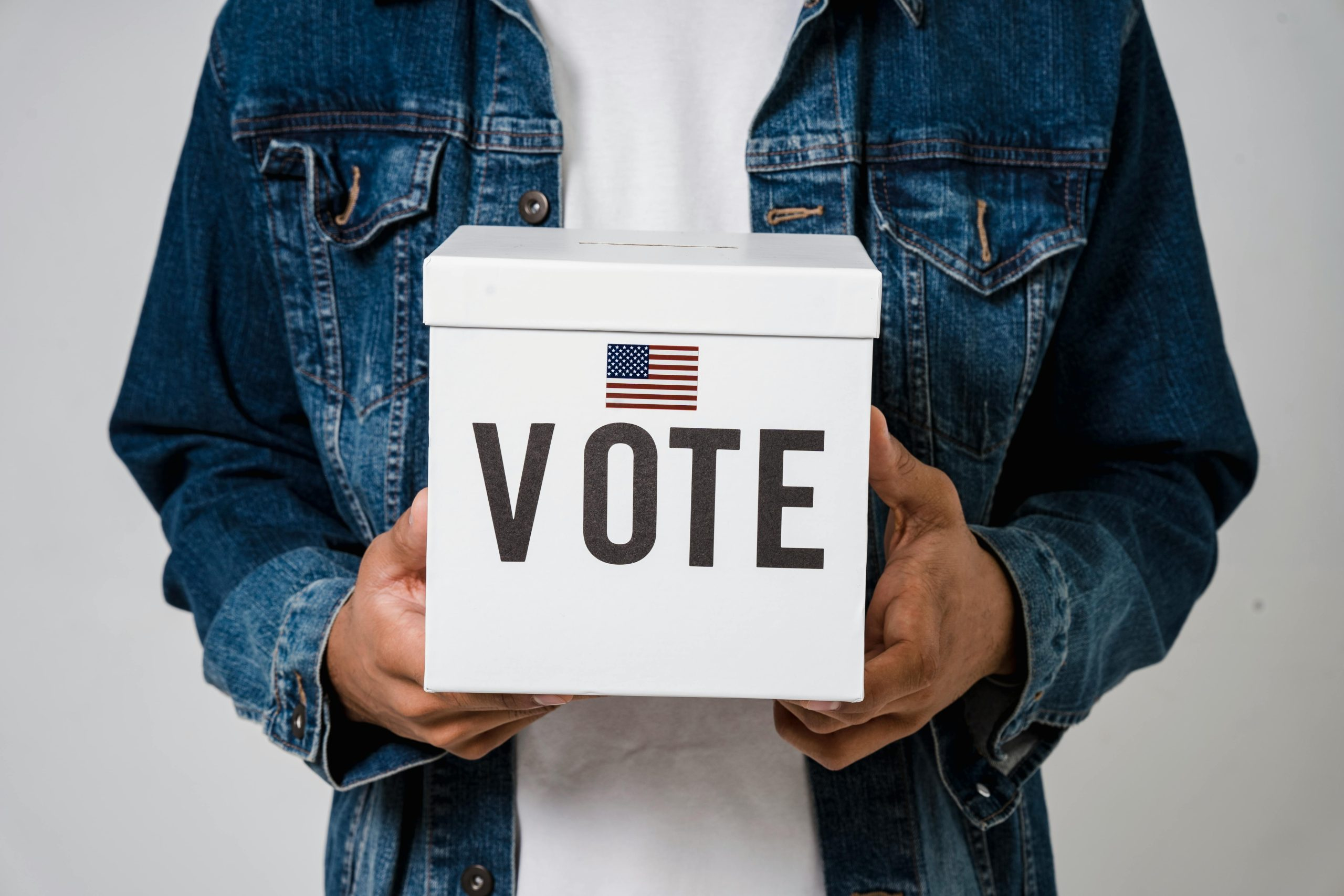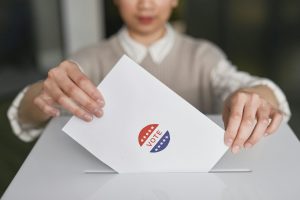Voting Rights Litigation and Supreme Court Decisions
In recent years, there has been a major push for voting rights and fair elections in the United States. As citizens exercise their fundamental right to vote, there has been a rise in voting rights litigation cases brought before the Supreme Court. These cases have had significant impacts on the voting process and have sparked debates about the integrity of elections. In this article, we will explore the history of voting rights litigation and the significant Supreme Court decisions that have shaped the landscape of American democracy.
The History of Voting Rights Litigation
The fight for fair and equal voting rights in the United States dates back to the country’s inception. In its early years, only white men who owned property were allowed to vote, but this changed with the adoption of the 15th Amendment in 1870, which granted African American men the right to vote. However, this right was often denied through discriminatory practices such as literacy tests and poll taxes.
In the 1960s, the Civil Rights Movement brought attention to the continued suppression of minority votes, leading to the passage of the Voting Rights Act of 1965. This landmark piece of legislation aimed to eliminate discriminatory barriers to voting and protect the right to vote for all citizens. It also established federal oversight of states with a history of voter discrimination.
Supreme Court Decisions on Voting Rights Litigation
Shelby County v. Holder (2013)
One of the most controversial and impactful Supreme Court decisions on voting rights litigation came in 2013 with the case of Shelby County v. Holder. This case challenged the constitutionality of two provisions in the Voting Rights Act of 1965: Section 4, which determined which states and jurisdictions were subject to federal oversight, and Section 5, which required these jurisdictions to get federal approval before making any changes to their voting laws.
In a 5-4 decision, the Supreme Court ruled that Section 4 of the Voting Rights Act was unconstitutional and therefore made Section 5 ineffective. The majority opinion argued that the formula used to determine which states were subject to federal oversight was outdated and no longer reflected current voting practices. This decision essentially lifted the federal oversight from states with a history of voter discrimination, leading to new laws and regulations that have been accused of suppressing minority votes.
Husted v. A. Philip Randolph Institute (2018)
In 2018, the Supreme Court heard the case of Husted v. A. Philip Randolph Institute, which challenged Ohio’s process for removing inactive voters from the state’s voter rolls. Ohio’s practice was to purge voters who had not voted in two consecutive federal elections and failed to respond to a confirmation notice. The plaintiffs argued that this process violated the National Voter Registration Act of 1993, which prohibits states from removing voters for simply not voting.
The Supreme Court ruled in a 5-4 decision in favor of Ohio, stating that the state’s process was not in violation of federal law. The majority argued that Ohio’s process is necessary to maintain accurate and current voter lists and prevent voter fraud. This decision has since been criticized for potentially disenfranchising eligible voters and further suppressing minority votes.
Rucho v. Common Cause (2019)
In 2019, the Supreme Court heard the case of Rucho v. Common Cause, which challenged the constitutionality of partisan gerrymandering, the practice of drawing electoral districts to favor one political party over the other. The plaintiffs argued that partisan gerrymandering violates the Equal Protection Clause of the 14th Amendment and dilutes the voting power of certain groups.
In a highly controversial 5-4 decision, the Supreme Court ruled that partisan gerrymandering is a political issue that should be resolved through the political process, rather than through the courts. This decision essentially gives state legislators free rein to draw electoral maps that benefit their party, potentially further entrenching political polarization and disenfranchising certain groups of voters.
The Impact of Supreme Court Decisions on Voting Rights
The decisions made by the Supreme Court in voting rights litigation cases have had far-reaching impacts on the voting process and access to the ballot. While the intention of these decisions may have been to protect the integrity of elections, they have been accused of suppressing minority votes and undermining the fundamental right to vote.
As the United States continues to grapple with issues of fair elections and voter suppression, it is important to reflect on the history of voting rights litigation and the significant role the Supreme Court plays in shaping the democratic process. The decisions made by the highest court in the land have a profound impact on the lives of all citizens, and it is crucial for these decisions to uphold the principles of equality and fairness in our democracy.
In conclusion, voting rights litigation is a crucial aspect of maintaining fair and equal elections in the United States. The decisions made by the Supreme Court in these cases have the power to shape our democracy and protect the fundamental right to vote for all citizens. It is important for the court to carefully consider the implications of their decisions and ensure that they uphold the principles of equality and justice for all.











